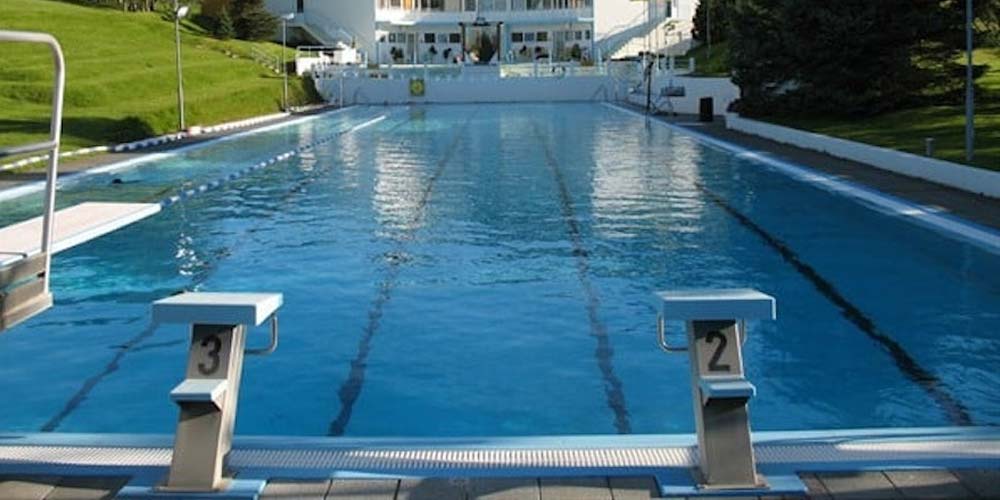Algae reproduce quickly and are often difficult to eradicate, which has become one of the problems in maintaining a healthy water environment. People are constantly looking for good ways to help them deal with algae efficiently. For different water quality environments and water bodies of different sizes, appropriate methods should be selected for algae removal to achieve high efficiency while protecting the environment. If you want to treat large-scale water bodies, such as swimming pools, chemical algae removal is the most suitable method for you.
Understanding algae
Algae are aquatic organisms. Most algae are autotrophs (they perform photosynthesis) and some algae are heterotrophs. Also, some ” algae” such as pink algae are actually fungi. As micro-managers of aquatic ecosystems, they play a vital role under the right environmental conditions. However, when algae grow out of control, they can have serious impacts on water quality, ecosystem health, and human activities. There are many types of algae, each with its own unique growth and reproduction characteristics. Cyanobacteria and green algae are algae commonly found in freshwater pools, while brown algae and diatoms are more prone to salt pools, such as pools disinfected with salt water generators that are a kind of swimming pool disinfection equipment.
Dangers caused by algal blooms
Algae reproduction will lead to a decrease in water transparency, affect water quality, and provide a breeding ground for bacteria. In addition, algae growth can affect the aesthetics of a body of water and reduce its value for recreational or commercial use. In order to maintain the health and appearance of water bodies and prevent the negative effects of excessive algal blooms, algae removal has become crucial. Algae control is particularly critical in areas such as swimming pools, aquaculture, and public and private landscaped water bodies.
Algae treatment methods
There are many methods of algae treatment, including physical, chemical methods. Physical methods mainly include filtration and adsorption, while chemical methods mainly use chemical agents to control the growth of algae. Commonly used chemical algaecides are mainly divided into oxidants and non-oxidants.
There are several factors to consider when choosing an appropriate algae removal method. For large-scale water bodies or drinking water sources, chemical algae removal may be the fastest and most effective method. For smaller water bodies, such as home swimming pools or small landscape water bodies, physical methods may be more appropriate.
Proposed use of chemical agents to remove algae
Chemical algae removal has many advantages. Firstly, it works quickly and can significantly reduce the amount of algae in a short period of time. Secondly, it is easy to use, just follow the instructions and add the appropriate amount of chemicals. Finally, the relatively low cost makes this algae removal method more attractive in many situations.
All in all, When faced with the problem of excessive algae blooms, choosing the right algae removal method is key. Although there are many methods to choose from, chemical algae removal is popular because of its effectiveness, ease of use, and economy. Of course, each method has its scope and limitations, so selection needs to be made based on specific circumstances in practical applications. By managing algae scientifically, we can maintain the health and beauty of water bodies and safeguard the well-being of humans and ecosystems.
Post time: Jun-28-2024

